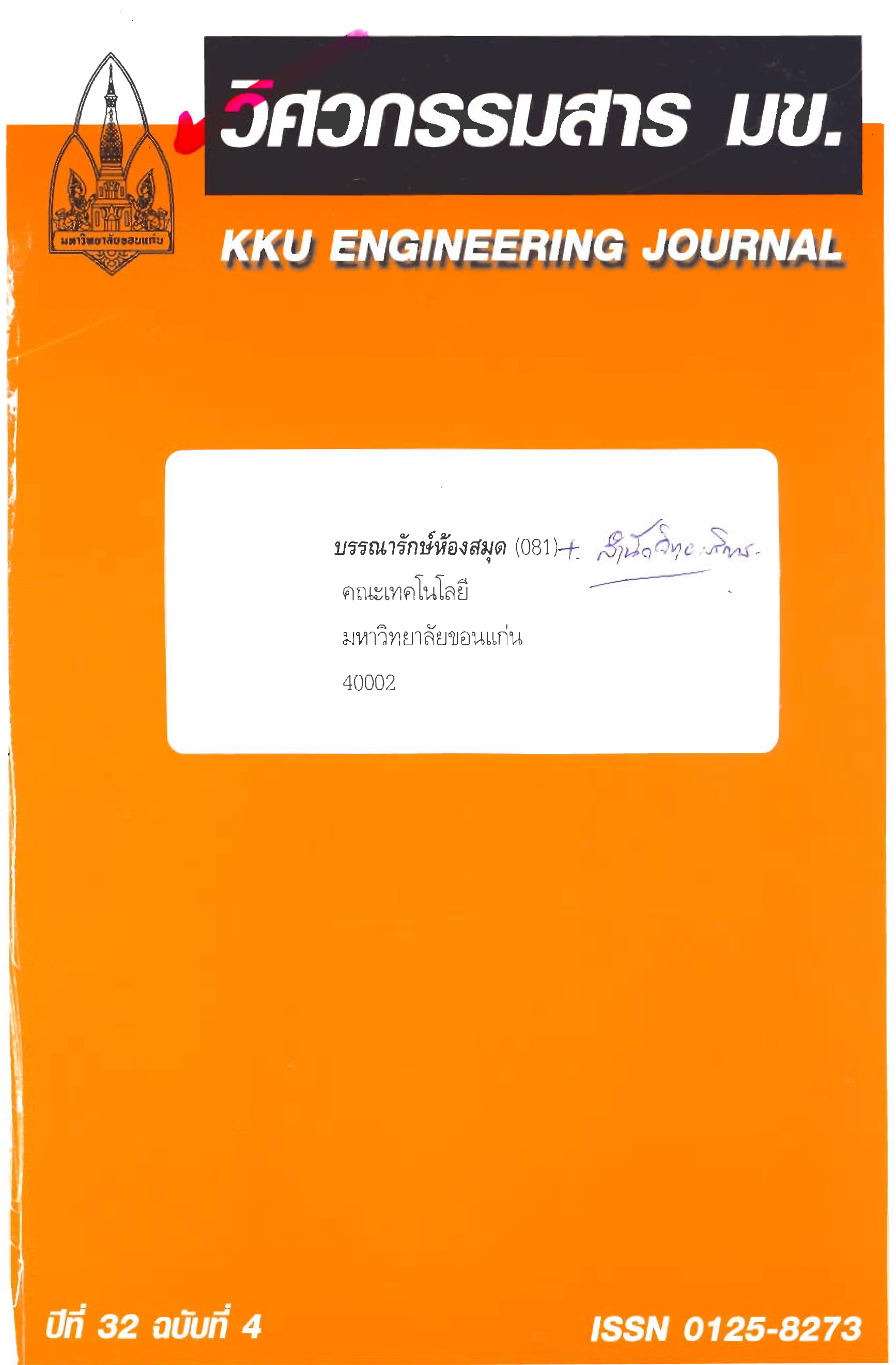The Bandwidth Analysis of Bragg Optical Fibers
Main Article Content
Abstract
This paper presents the bandwidth analysis of the Bragg optical fiber which infinite pairs of cladding using the Floquet wave number and finite pairs of cladding using the reflection coefficient or reflectance of the 1 dimension planar Bragg reflector. Consequently, we get the pass band, the stop band and the band edge condition corresponding to considering of the 1 dimension planar Bragg reflector. The computational results from the Floquet wave number corresponding to the reflection coefficient or reflectance and we show that the bandwidth of the bragg optical fiber which are surrounded by alternating annular layers with high-low refractive index is equal to low-high refractive index.
In addition, this paper is demonstrate some examples of the TE, TM and hybrid bandwidth,the TE, TM and hybrid band edge annlysis, compare the existence of the guided mode of an air core Bragg optical fiber, the reflectance of TE and TM mode when the cladding pairs is changed. The computational results have been found that the TE, TM and hybrid modes can exist only in particular wavelength bands corresponding to the TE stop bands,TM stop bands, and the overlap between TE stop bands and TM stop bands of the 1 dimension planar Bragg reflector respectively, and the reflectance of TE mode and TM mode are increasing, when the cladding pairs are increasing,
Article Details
This work is licensed under a Creative Commons Attribution-NonCommercial-NoDerivatives 4.0 International License.



